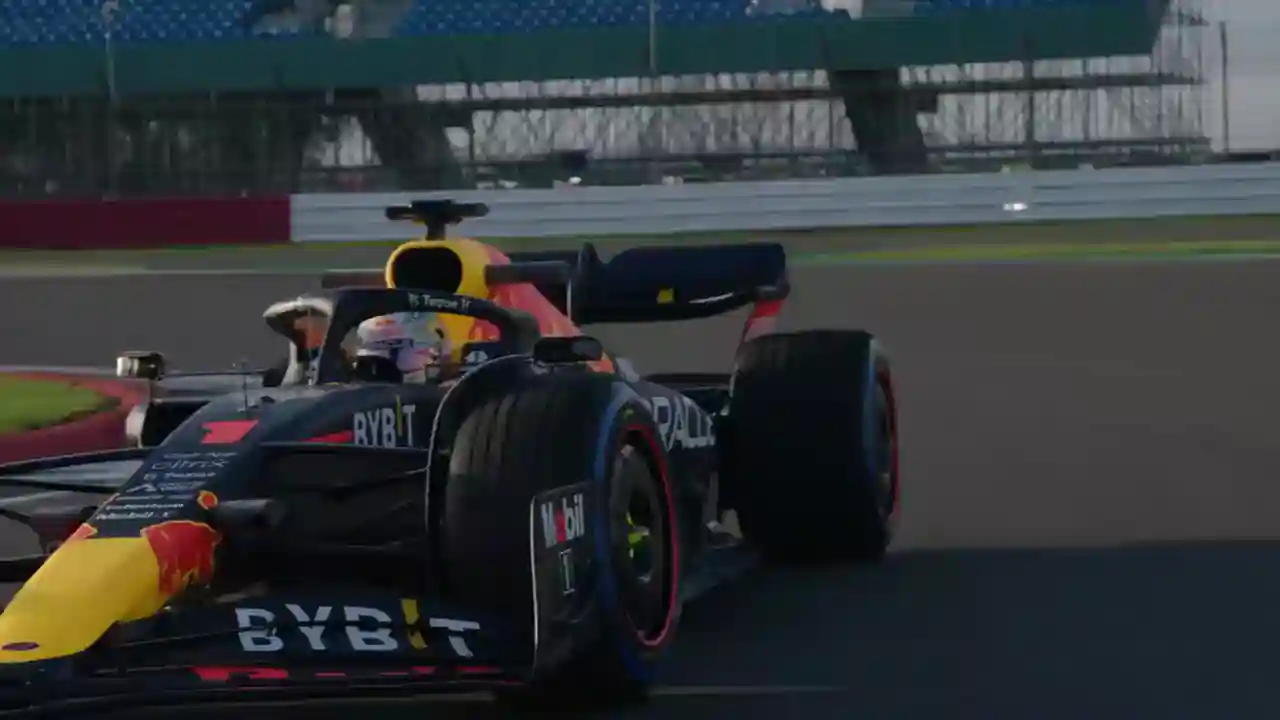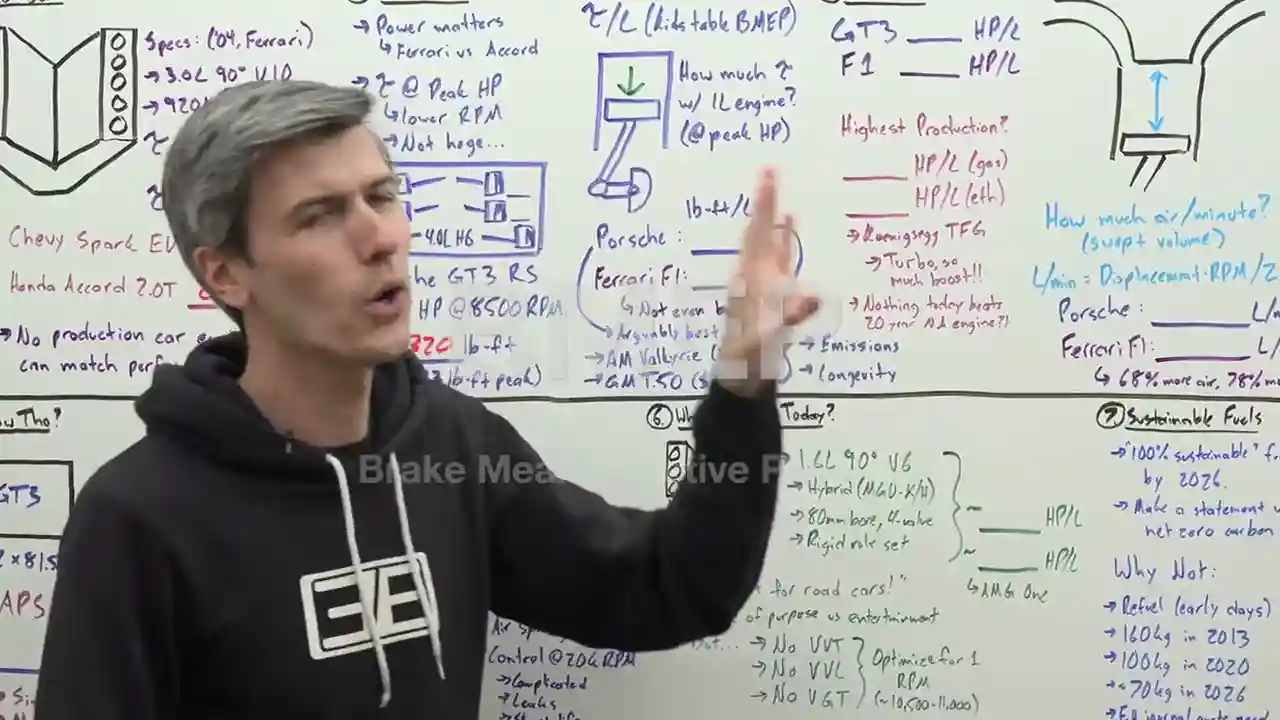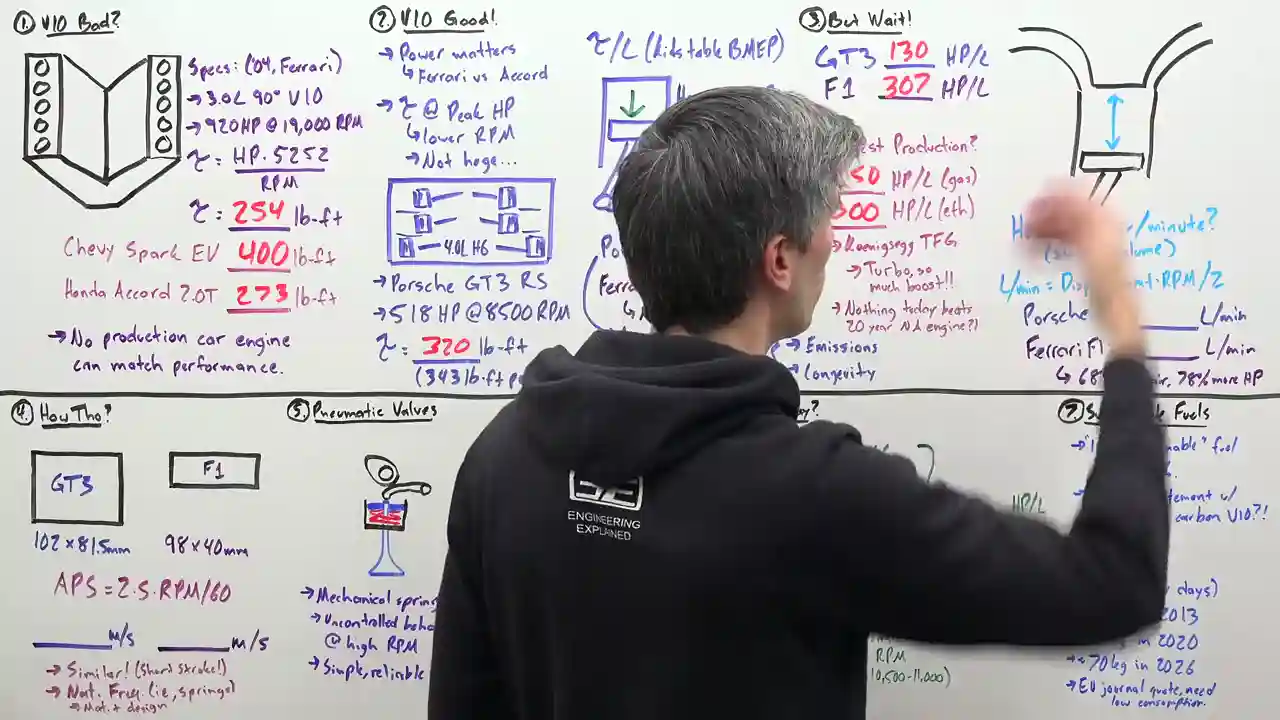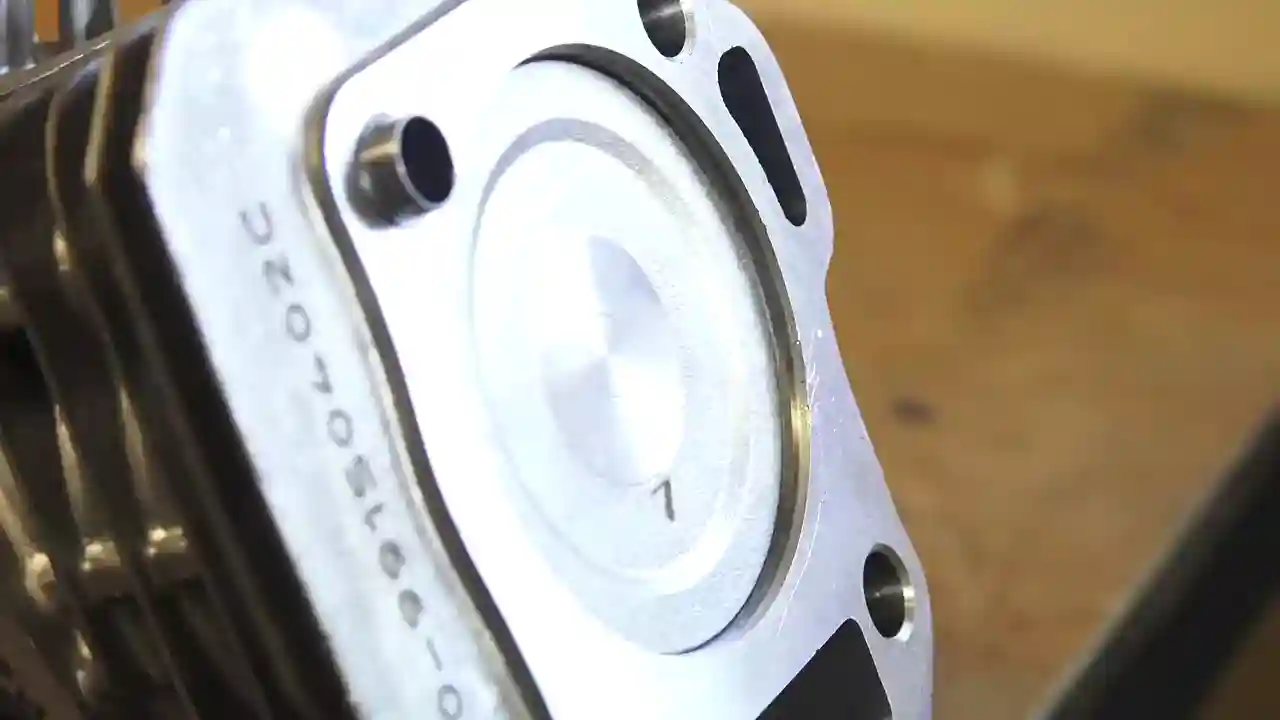Unleashing the Power: Exploring the V10 Era of Formula 1 Engines and Their Impressive Legacy

- Authors
- Published on
- Published on
- Name
- By Dushyant
- (@dishs)
In this absolute belter of a video from Engineering Explained, they dive into the mind-boggling world of Formula 1 engines, specifically the V10 era. Now, let me tell you, folks, these engines were something else. Even after 20 years, they still pack a punch that can leave you breathless. But before we get too carried away with memories of 20,000 RPM and the greatest engines of all time, let's bring ourselves back down to earth and focus on the Ferrari engine from 2004.
Now, this bad boy was a 3L naturally aspirated V10 that could churn out a mind-blowing 920 horsepower at a staggering 19,000 RPM. But here's the kicker, it only produced 254 pound-feet of torque. Now, I know what you're thinking, "That's not a lot!" And you're right, my friend. A Chevy Spark EV, one of the dorkiest electric cars ever made, can produce 400 pound-feet of torque. And even a simple old Honda Accord with a 2L turbo engine can muster up 273 pound-feet of torque.
But here's the thing, torque without context is like a fish without water. It's meaningless. Power is what truly matters. And let's be honest, a Ferrari F1 car is going to leave a Honda Accord in its dust any day of the week. So, forget about torque, it's all about power, baby!
Now, let's talk about the Porsche GT3 RS, which boasts a 4L boxer 6-cylinder engine. This beast pumps out 518 horsepower at 8,500 RPM with 320 pound-feet of torque. When we compare torque per liter, the Ferrari engine comes out on top with 85 pound-feet per liter, while the Porsche engine trails slightly with 80 pound-feet per liter. But here's the kicker, folks. The Ferrari engine, from two decades ago, outperforms today's best production car engines in terms of power per liter. It's absolutely bonkers!
So, what's the secret behind these mind-blowing power figures? Well, it all comes down to the amount of air flowing through the engine. The Ferrari engine guzzles up a whopping 68% more air than the Porsche engine, which allows it to generate more power. And let's not forget the clever use of air pressure in Formula 1 engines, which eliminates the limitations of mechanical springs and allows for control at insane RPMs.
Now, I know what you're thinking. Why don't we bring back those glorious V10 engines in Formula 1? Well, my petrolhead friends, it's not that simple. The current trend in Formula 1 is all about reducing fuel consumption and increasing efficiency. They're even aiming to use 100% sustainable fuels by 2026. So, while the V10 engines may have been the stuff of dreams, we have to adapt to the changing times. But hey, who knows what the future holds? Maybe one day we'll see those screaming V10 engines tearing up the track again, but this time with a clean conscience.

Image copyright Youtube

Image copyright Youtube

Image copyright Youtube

Image copyright Youtube
Watch Formula 1 V10 - The Greatest Engine Of All Time? on Youtube
Viewer Reactions for Formula 1 V10 - The Greatest Engine Of All Time?
The sound of the V10 engine is iconic and unique
The V10 engine was known for its efficiency and power
Some commenters have personal experiences with working on or hearing the V10 engine
Comparisons are made between the V10 engine and other engines, such as the V8 and V12
The V10 engine is nostalgic for many fans who grew up watching F1
Some commenters express disappointment with the current V6 engines in F1
There is a desire for the V10 engine to return to F1 or for more sustainable fuel options
The engineering and technology in F1 is impressive, but road cars have different considerations
Some commenters mention other engines, such as the Lexus LFA and Honda S2000
The weight and reliability of the V10 engine are discussed
Related Articles

Unveiling Corvette ZR1: Acceleration Secrets and Track Dominance
Engineering Explained reveals the Corvette ZR1's astonishing acceleration, custom launch control secrets, hidden red line, and exceptional handling capabilities, showcasing its dominance on the track.

GM Engine Failures: Thicker Oil Solution Revealed
Engineering Explained uncovers GM's engine failures due to manufacturing defects, recommending a switch to thicker oil for optimal engine performance and longevity.

Exclusive Review: Cadillac Celesteic Unveiled - Luxury & Innovation
Experience the Cadillac Celesteic: a $350,000 flagship sedan with 655 hp, 303 mi range, and unique manufacturing techniques like massive aluminum castings and 3D printed metal parts. Discover the luxury of low-volume production and innovative design in this exclusive review.

Revolutionizing Downforce: McMerry Spearling's Impact on Racing
The McMerry Spearling revolutionizes downforce creation with fan technology, showcasing remarkable efficiency and potential for Formula E and Formula 1.
